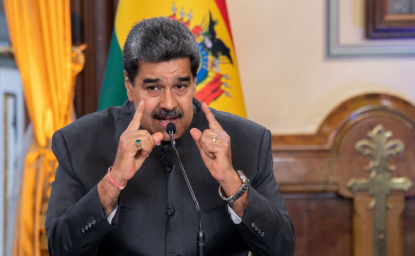Global Research, March 27, 2012
With the demise of the Security and Prosperity Partnership, the U.S. has essentially put Canada and Mexico on separate tracks. It has pursued dual-bilateralism with both its NAFTA partners as the primary means of advancing continental integration with regards to trade, regulatory and security initiatives. The upcoming North American Leaders Summit, which will be held in Washington, D.C. on April 2, could be used as a means of reviving the trilateral cooperation model...
...The Woodrow Wilson Center hosted an event in December 2011 entitled the Death of Trilateralism in the NAFTA Neighborhood, which examined the evolution of regional economic cooperation between the U.S., Canada and Mexico. During the proceedings, a panel agreed that the death of trilateralism has been exaggerated, but pointed out that, “dual-bilateralism, in which the United States works with Canada and Mexico separately, has become more common. Participants noted this is particularly apparent when dealing with regulatory, energy, and border issues. Countries are still, however, looking to harmonize and work toward trilateralism.” The meeting called for greater regional engagement and emphasized, “the need to focus on issues such as regulatory cooperation, infrastructure, and border efficiency.” Discussions also centered around whether North America needed a grand new plan to move deep integration forward.
Read full article here.





